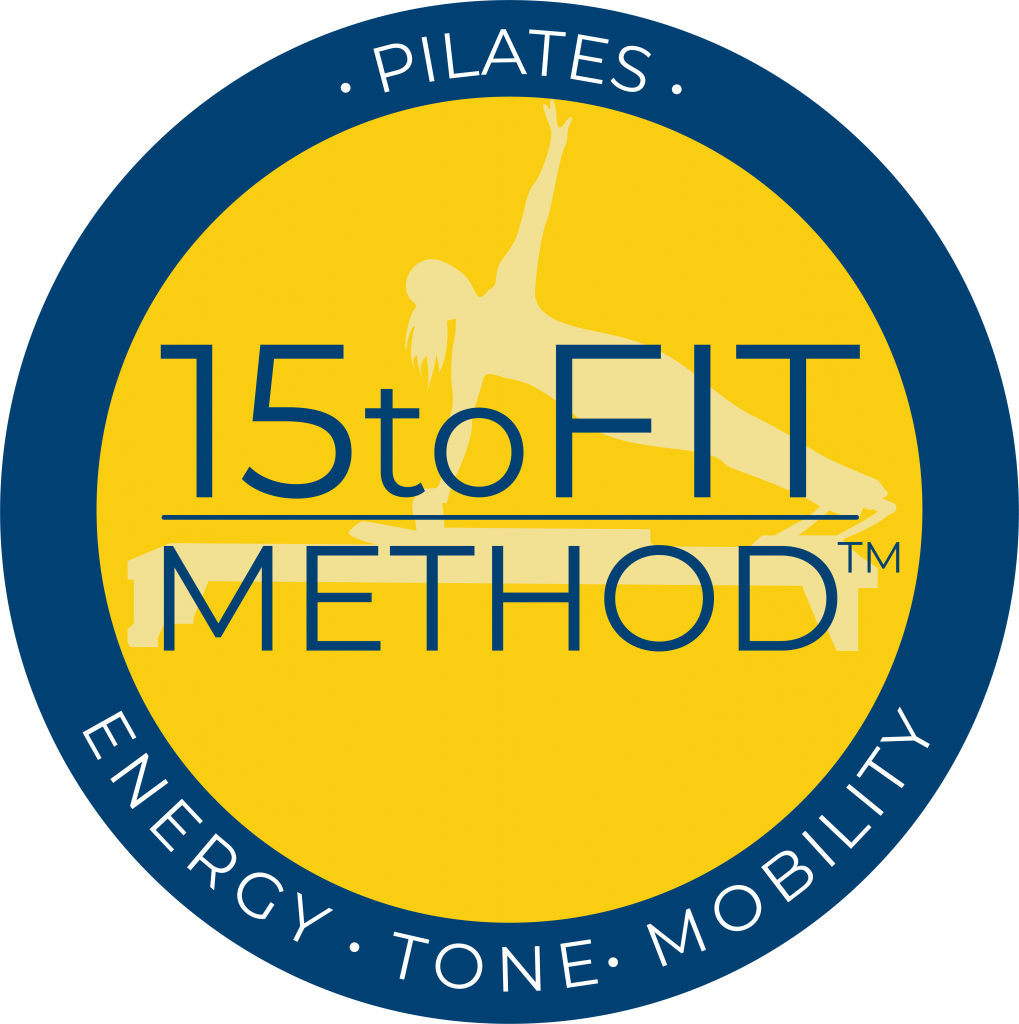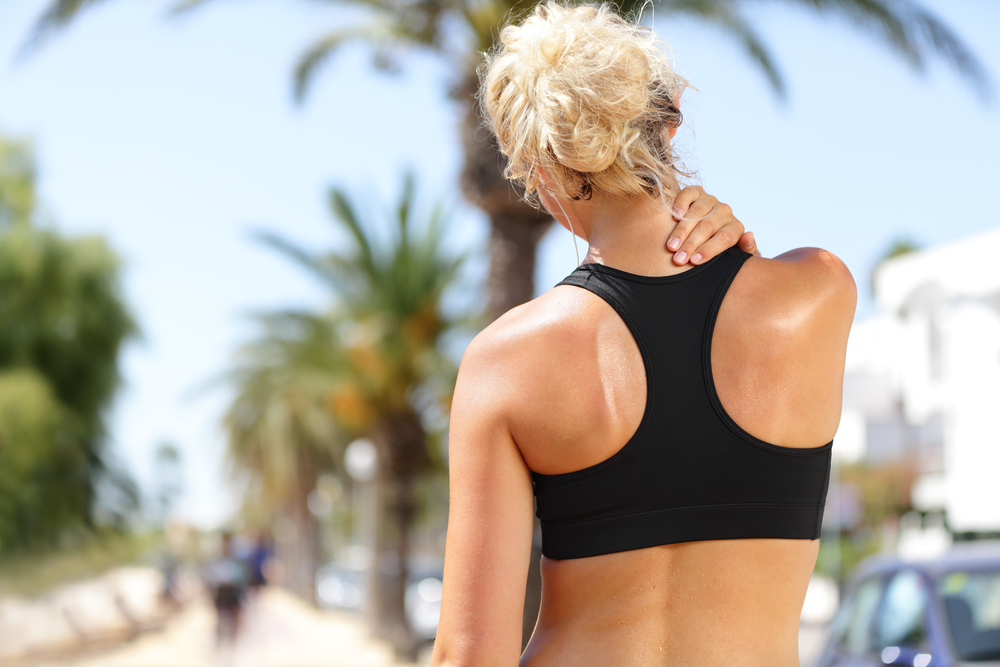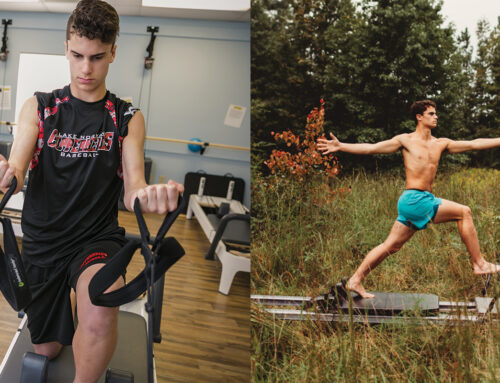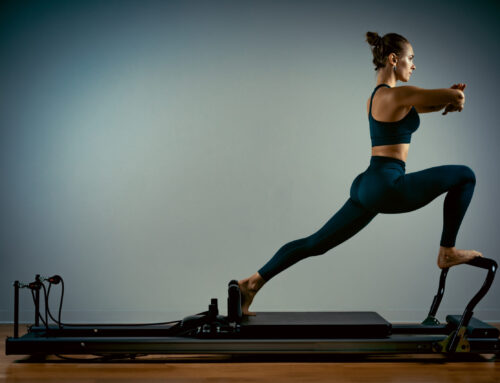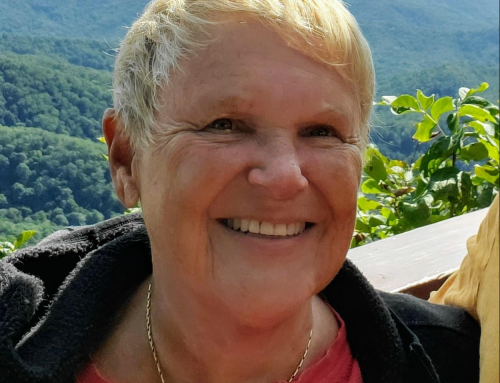Provided by our instructor, Renee
Anyone who has a fitness routine has experienced sore muscles at one time or another. The question is, how do you treat them to ensure proper healing?
First let’s talk about why your muscles get sore. The common term for sore muscles after working out is delayed onset muscle soreness or DOMS. According to WebMD, this is the pain you start to feel 24-48 hours after your workout. Any time you start a new fitness program, increase your level of fitness or just do a new physical activity you may cause small injuries or tears to your muscle fiber and connective tissue. Even though it’s painful the soreness is a good sign that you have worked hard and your muscles are getting stronger.
So, what should you do when you are sore? The first thing people think is “I’m going to skip working out” It’s true that going to the gym does not sound very appealing when you can barely roll out of bed, but ideally you want to continue to work out and build more strength in those muscles and eventually they will not get sore. Just keep in mind you may need to tone down your work out and focus on a part of your body that is not hurting. Another thing to consider is if you are new to fitness. If you have not worked out in several years and/or the type of work out is brand new to you it’s ok to take a day off to avoid an injury. Livestrong.com recommends still moving though. Take a walk, go for a swim or just get up from your desk at work several times a day to help your stiff muscles loosen up.
Make sure you are stretching before and after your workouts. This will help keep muscles from cramping and/or going into spasm. Many people have limited time for their work outs and tend to skip the warmup and cool down stages, but these are just as important as the number of reps and how much weight you lift. For example, 15 to Fit Pilates classes start with a warm-up, something to get the muscles moving slowly before the actual work out. Throughout the class we will take time to do stretches for the parts of the body we just worked and we always end with several minutes of stretching for the whole body.
When you feel the soreness coming on put an ice pack wrapped in a towel on the affected muscles, this will help decrease inflammation by reducing the blood flow which will reduce the pain. You can alternate your ice pack with a heating pad for better results. The heat increases blood flow which will make your sore, tight muscles relax.
Foam rolling is a great way to help sore muscles. This “self-massage” will increase blood flow and relieve tension in your muscles. Foam rollers can also be used before your work out to warm up your muscles which in turn will help prevent soreness after your workout. You should feel some soreness when rolling sore muscles but not severe pain, so be sure to apply just enough pressure to stretch the muscles out.
A natural remedy you can try are essential oils, there are several that can help sore muscles. According to healthline.com Peppermint oil has menthol which gives it a cooling effect. Also, it is an analgesic, anti-inflammatory and anti-spasmodic which means it will not only relieve pain and inflammation but also calm the spams of muscle cramps. Lavender oil is known for its calming effects but also relieves pain and inflammation. Some other oils known to reduce inflammation and help with pain are Eucalyptus, Rosemary and Chamomile. To avoid skin irritation before applying to your muscles mix your essential oil with a carrier oil (coconut oil and olive oil are 2 examples) You can also put a few drops of the oil in a warm bath and soak your pain away.
Muscle pain is going to happen if you are active on a regular basis and continue to push yourself to higher levels. I have had several clients come in and tell me they were sore after their last class but they liked the feeling because it meant they worked hard and I always tell them it’s a “good” pain since you have it from doing something healthy for yourself.
